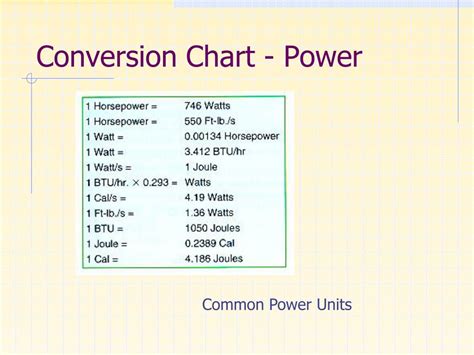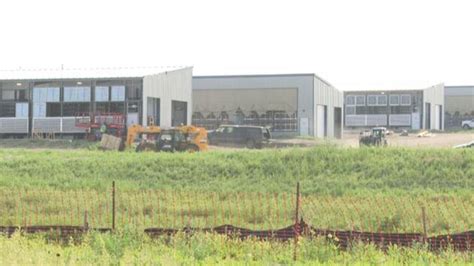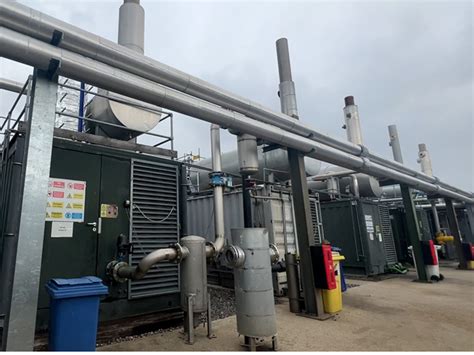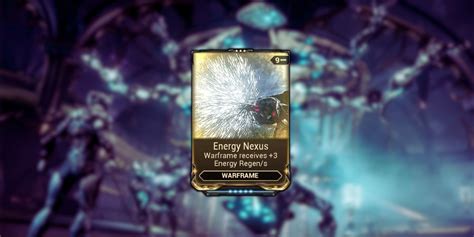Energy power conversion is a fundamental concept in the realm of physics and engineering, dealing with the transformation of energy from one form to another. This process is crucial in various applications, including electrical power generation, transportation, and industrial processes. Understanding the different units of energy and their conversion factors is essential for efficient energy management and optimization. In this comprehensive guide, we will delve into the world of energy power conversion, exploring the various units, conversion charts, and practical applications.
Introduction to Energy Units
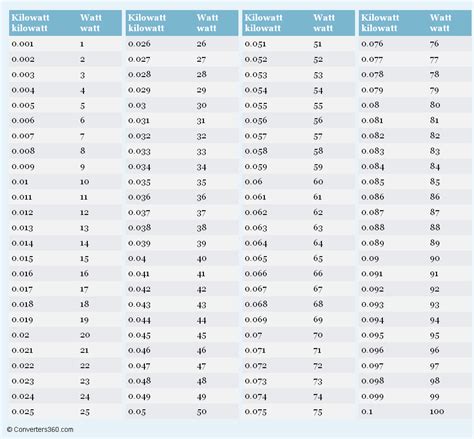
Energy can be measured in various units, each with its own significance and application. The most common units of energy include joules (J), watt-hours (Wh), kilowatt-hours (kWh), British thermal units (BTU), and calories (cal). To facilitate conversion between these units, it is essential to understand their definitions and relationships. For instance, 1 kWh is equivalent to 3,600,000 J, while 1 BTU is approximately equal to 1,055 J.
Key Points
- Energy power conversion involves transforming energy from one form to another.
- Understanding different units of energy and their conversion factors is crucial for efficient energy management.
- Common units of energy include joules (J), watt-hours (Wh), kilowatt-hours (kWh), British thermal units (BTU), and calories (cal).
- Conversion charts and tables are essential tools for facilitating energy unit conversions.
- Practical applications of energy power conversion include electrical power generation, transportation, and industrial processes.
Energy Conversion Charts and Tables
To simplify the process of converting between different energy units, conversion charts and tables are widely used. These tools provide a quick and accurate way to perform energy unit conversions, eliminating the need for complex calculations. The following table illustrates some common energy conversion factors:
| Unit | Conversion Factor |
|---|---|
| 1 joule (J) | 1 watt-second (Ws) |
| 1 watt-hour (Wh) | 3,600 J |
| 1 kilowatt-hour (kWh) | 3,600,000 J |
| 1 British thermal unit (BTU) | 1,055 J |
| 1 calorie (cal) | 4.184 J |
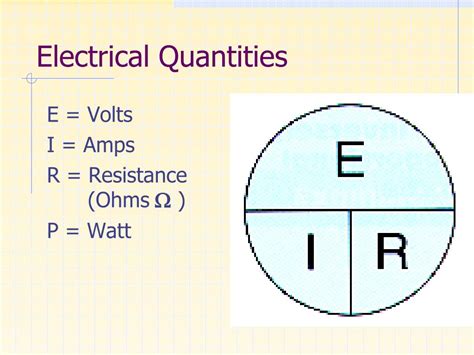
By using these conversion factors, it is possible to convert between different energy units with ease. For example, to convert 100 kWh to joules, we can multiply 100 kWh by the conversion factor 3,600,000 J/kWh, resulting in 360,000,000 J.
Practical Applications of Energy Power Conversion
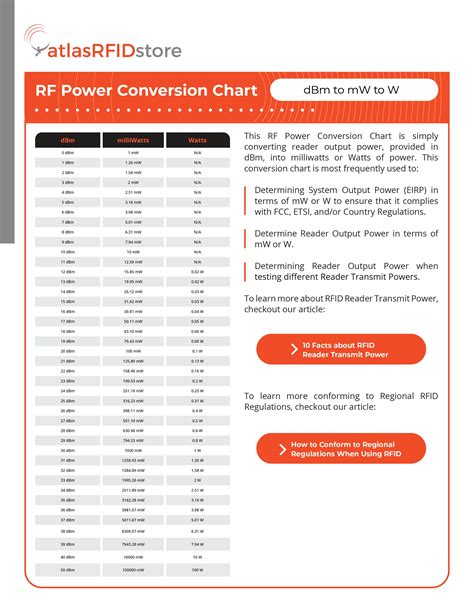
Energy power conversion plays a vital role in various practical applications, including electrical power generation, transportation, and industrial processes. In electrical power generation, energy is converted from one form to another, such as from chemical energy to electrical energy in a battery. In transportation, energy is converted from one form to another, such as from chemical energy to mechanical energy in a vehicle. In industrial processes, energy is converted from one form to another, such as from electrical energy to thermal energy in a manufacturing process.
Energy Efficiency and Optimization
Energy efficiency and optimization are critical aspects of energy power conversion. By optimizing energy conversion processes, it is possible to minimize energy losses and maximize energy output. This can be achieved through various techniques, such as improving the design of energy conversion systems, using more efficient energy conversion technologies, and implementing energy-saving strategies. For instance, using advanced materials and designs in solar panels can improve their energy conversion efficiency, resulting in more electrical energy output per unit area.
In addition to optimizing energy conversion processes, it is also essential to consider the environmental impact of energy production and consumption. The use of renewable energy sources, such as solar and wind energy, can significantly reduce greenhouse gas emissions and mitigate climate change. By adopting energy-efficient practices and technologies, we can reduce our reliance on fossil fuels and promote a more sustainable energy future.
What is energy power conversion?
+Energy power conversion is the process of transforming energy from one form to another, such as from chemical energy to electrical energy or from mechanical energy to thermal energy.
Why is energy power conversion important?
+Energy power conversion is important because it enables us to utilize different forms of energy in various applications, such as electrical power generation, transportation, and industrial processes.
How can energy conversion efficiency be improved?
+Energy conversion efficiency can be improved through various techniques, such as optimizing energy conversion processes, using more efficient energy conversion technologies, and implementing energy-saving strategies.
Meta Description: “Discover the ultimate guide to energy power conversion, including conversion charts, tables, and practical applications. Learn how to optimize energy conversion efficiency and promote a sustainable energy future.” (149 characters)
